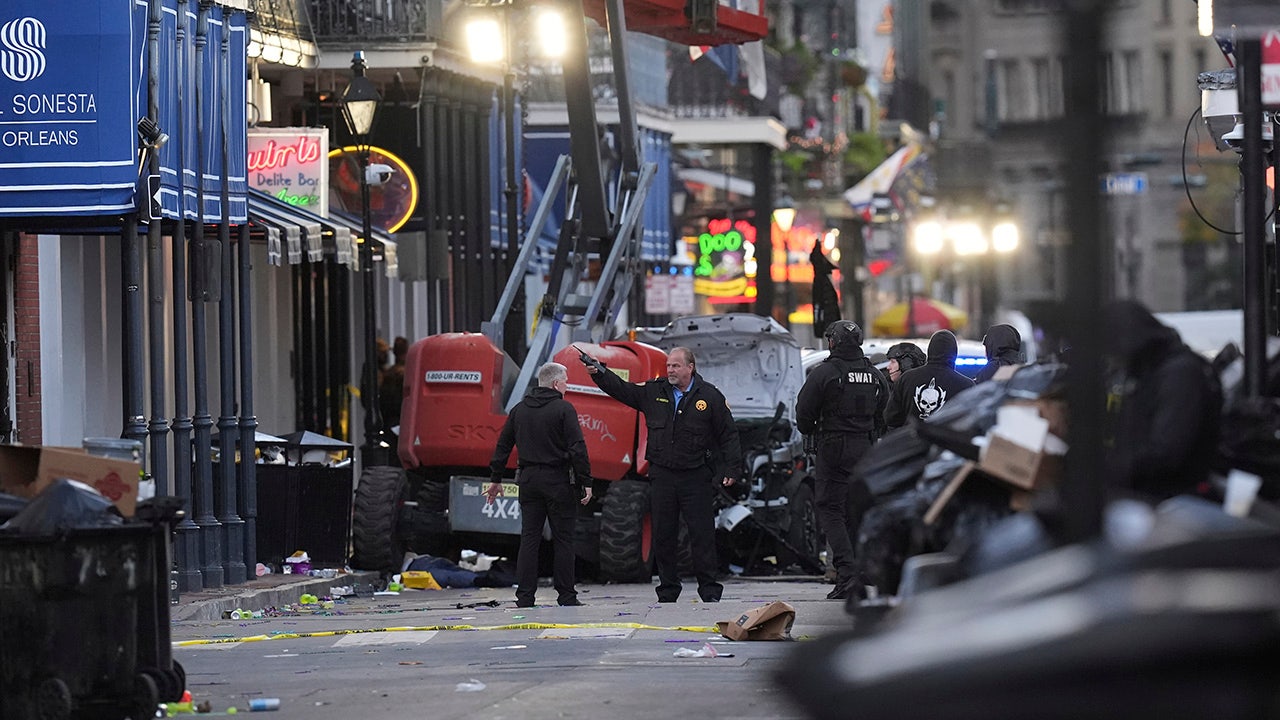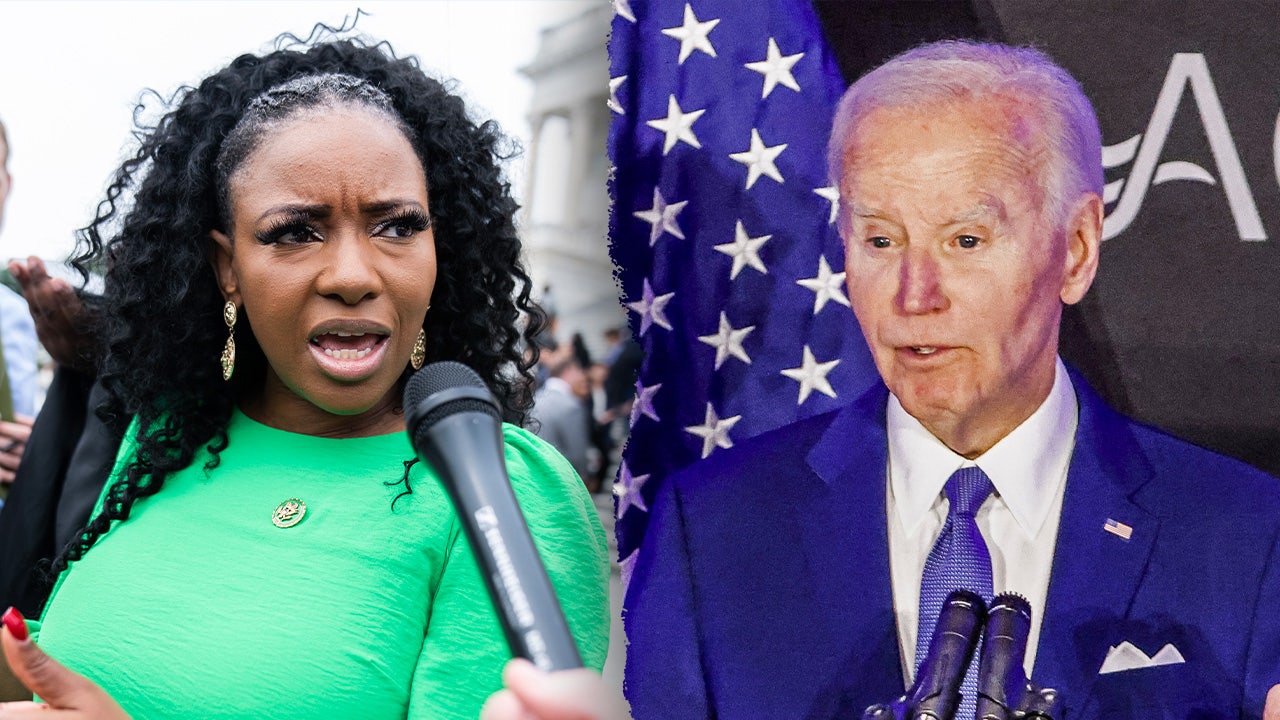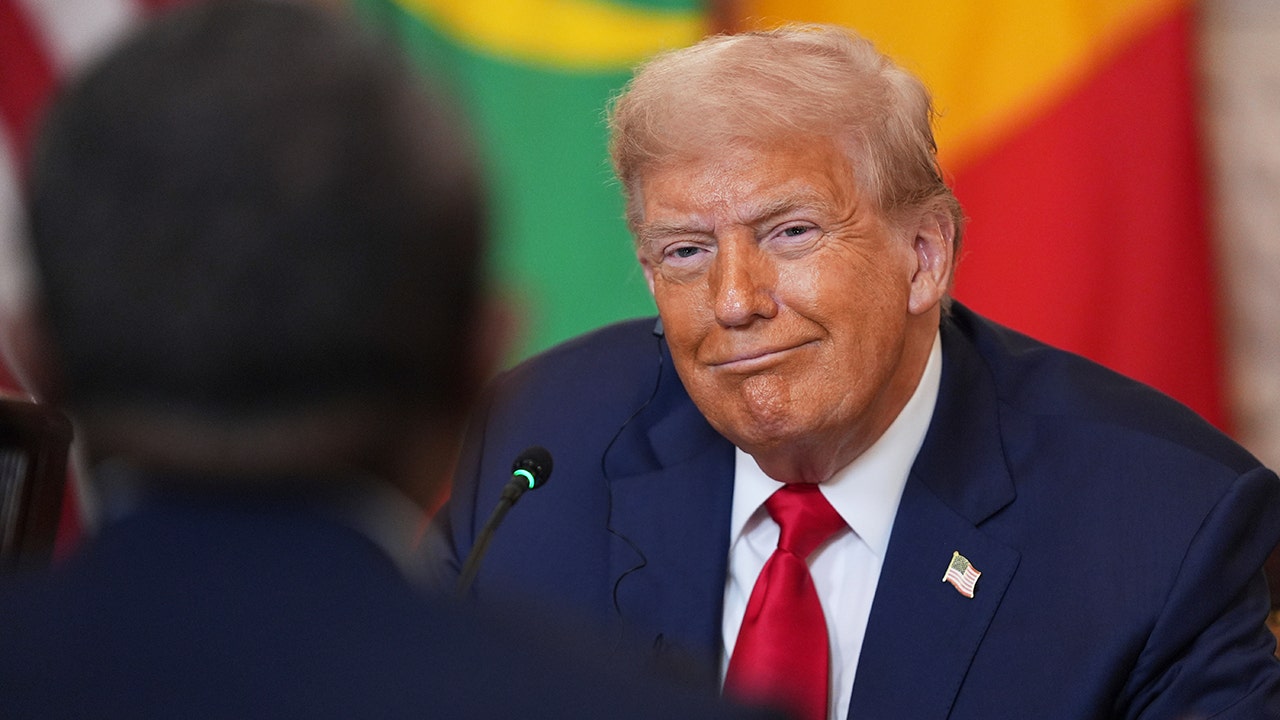U.S. threat landscape poses a daunting—but familiar—test for Trump in second term

The second term of President Donald Trump has been marked by a resurgence of violence and instability both at home and abroad. The conflict in Syria has reached a boiling point, with rebels launching a lightning offensive that forced Bashar al-Assad to flee to Russia. This has raised questions about the role of the U.S. in the region, as fears grow that failing to act could lead to further chaos and exploitation by terrorist groups like ISIS.
Meanwhile, back in the U.S., the threat of homegrown extremism remains a major concern. In the span of just eight weeks, two separate attacks in New Orleans and Las Vegas have raised alarms about the persistence of domestic terrorism. Both incidents are being investigated as possible acts of terrorism, underscoring the ongoing threat posed by lone-wolf attackers and individuals radicalized online.
President Trump, who has long been opposed to U.S. involvement in foreign wars, faces tough decisions about how to address these challenges. While he has advocated for a hands-off approach to the situation in Syria, the recent attacks on American soil may force him to reconsider his stance. The New Orleans attacker, Shamsud-Din Jabbar, was reportedly inspired by ISIS, while the Las Vegas suspect, Matthew Alan Livelsberger, was a former member of the U.S. Army’s elite special forces unit.
In light of these events, Trump may need to explore other options for combating violent extremism, such as cracking down on immigration to prevent potential threat actors from entering the country. The Department of Homeland Security has already identified hundreds of migrants with possible ties to ISIS, leading to a series of arrests and heightened security measures.
However, the problem of domestic terrorism is complex and multifaceted, with lone-wolf attackers posing a significant challenge to law enforcement agencies. The FBI has warned of the increased risk of vehicular attacks by individuals inspired by terrorist ideologies, highlighting the need for vigilance and proactive measures to prevent future incidents.
As the U.S. grapples with the ongoing threat of terrorism, President Trump must navigate a delicate balance between national security and civil liberties. The rise of violent extremism both at home and abroad underscores the importance of robust counterterrorism efforts and a coordinated response to the evolving threat landscape. By addressing the root causes of extremism and implementing effective strategies to prevent radicalization, the U.S. can work towards a safer and more secure future for all its citizens.




